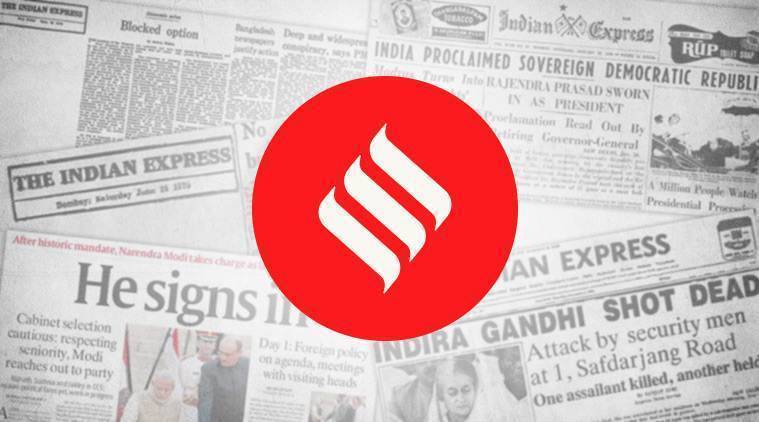 Delhi, sadly, is not the only area struggling to come to grips with the surge in infection.
Delhi, sadly, is not the only area struggling to come to grips with the surge in infection.
On Sunday, Home Minister Amit Shah announced several measures to address Delhi’s worsening COVID-19 crisis. The Modi government will provide 500 railway coaches to Delhi in view of the shortage of beds, testing will be doubled in the next two days and tripled after six, a committee under the chairmanship of Niti Aayog member V K Paul has been tasked with finding ways to ensure availability of larger number of beds in private hospitals at lower rates, and to fix the rate of coronavirus testing and treatment. These much-needed measures also draw attention to the Delhi government’s inability and failure to use the 10-week lockdown to bolster the city’s healthcare infrastructure. With Delhi recording in excess of 1,000 cases daily for more than two weeks now, hospitals are evidently struggling to cope with the emergency. There have been several reports of patients running from pillar to post in search of hospital beds — many have reportedly succumbed to the disease in the process. Last week, the Supreme Court upbraided the Delhi government for its handling of the crisis and directed it to “take immediate remedial action”.
According to the Delhi government’s estimate, 5.5 lakh people are likely to contract the infection by the end of July. The Kejriwal government estimates that the city will require more than 80,000 beds to deal with the patient upsurge — nearly nine times its current capacity. It has reportedly started making arrangements to deal with this emergency — multi-specialty nursing homes, railway coaches, hotels, banquet halls, and stadiums will be converted into makeshift COVID care centres. But these plans to augment the city’s medical infrastructure seem to be lagging behind the spread of the infection. It seems, now, that the Delhi government drastically underestimated the intensity of the crisis. More worryingly, its decisions in the wake of the easing of the lockdown convey the impression that it is not in control of the situation. There have been accounts of underreporting of COVID-19 deaths, the government’s pandemic data has not tallied with that of the city’s municipalities and frequent changes in testing protocols have created confusion amongst laboratories, hospitals and patients.
Delhi, sadly, is not the only area struggling to come to grips with the surge in infection. According to the Centre’s projections, at least 10 states — including Delhi, Gujarat, Maharashtra, Tamil Nadu and Uttar Pradesh, the five worst affected states — will fall short of ICU beds and ventilators between June and August. But the national capital’s failure to utilise the lockdown effectively is bound to raise larger concerns, and send out wider dispiriting signals. It’s also unfortunate that the AAP government’s credo of making medical amenities more accessible to the common people — it has showcased the institution of the mohalla clinics as its achievement — hasn’t yet translated into effective action when the country is facing its worst public health emergency in decades. It’s time the Delhi government gets its act together. There is no time to lose.